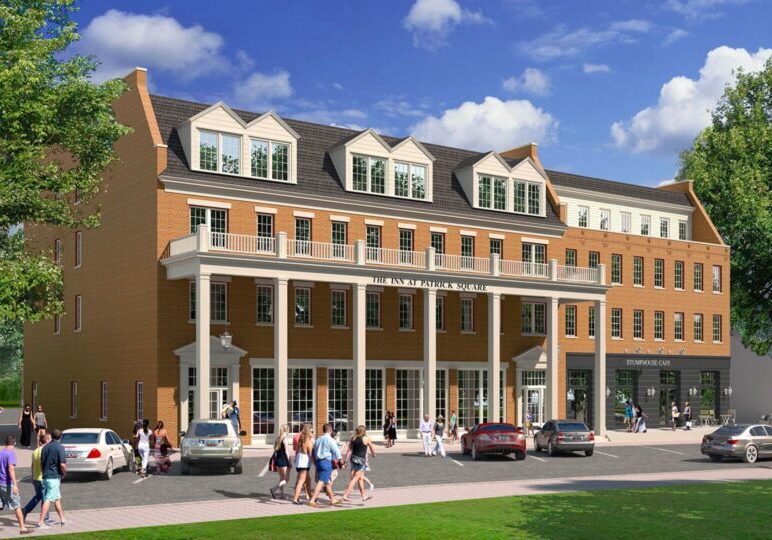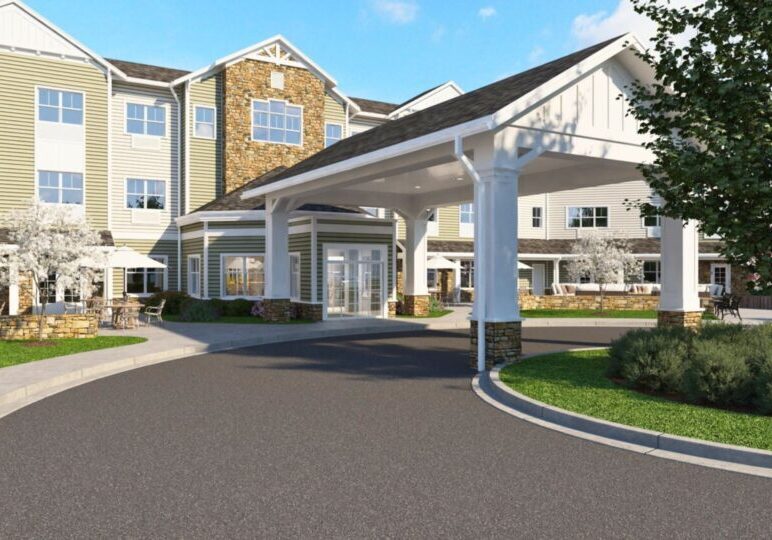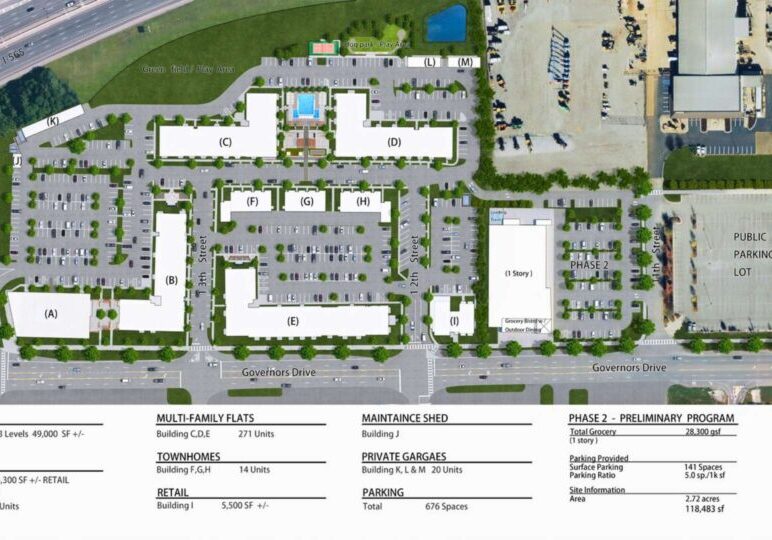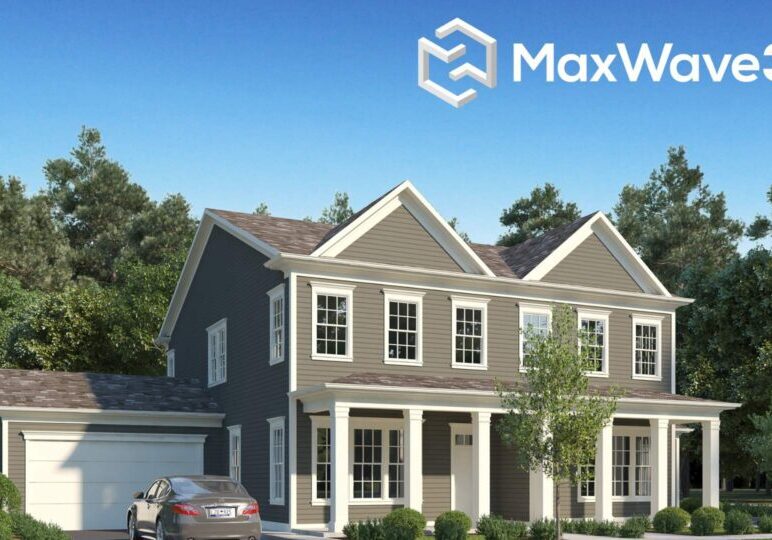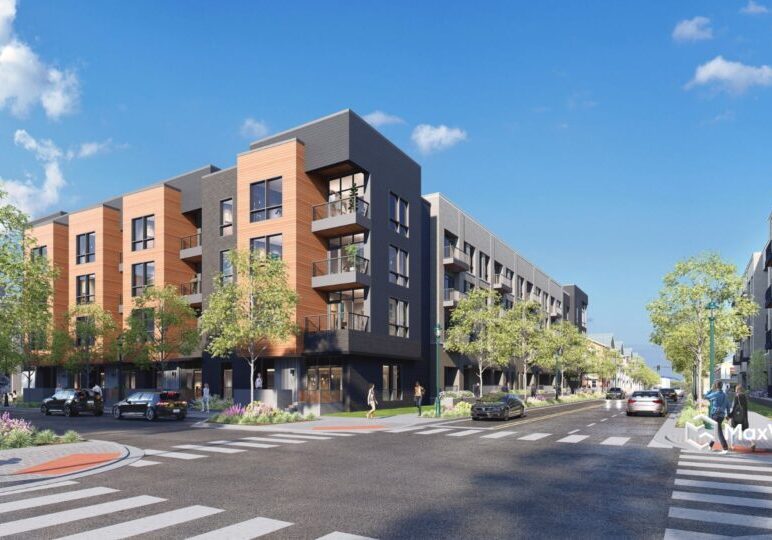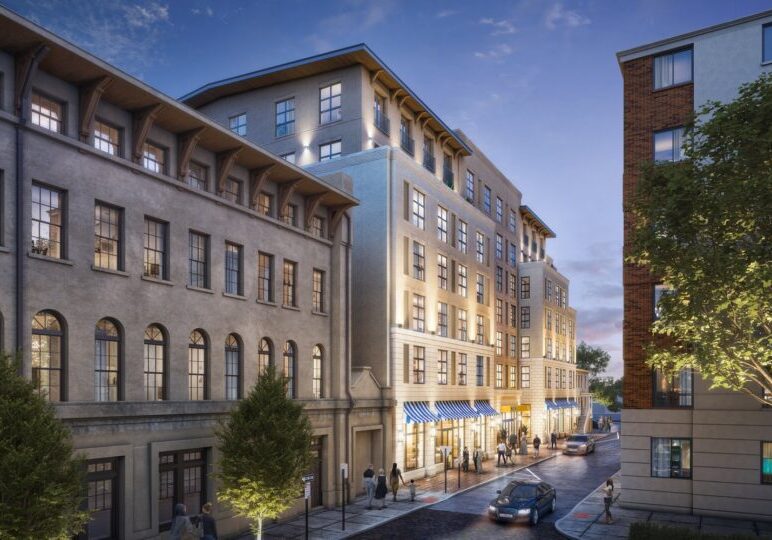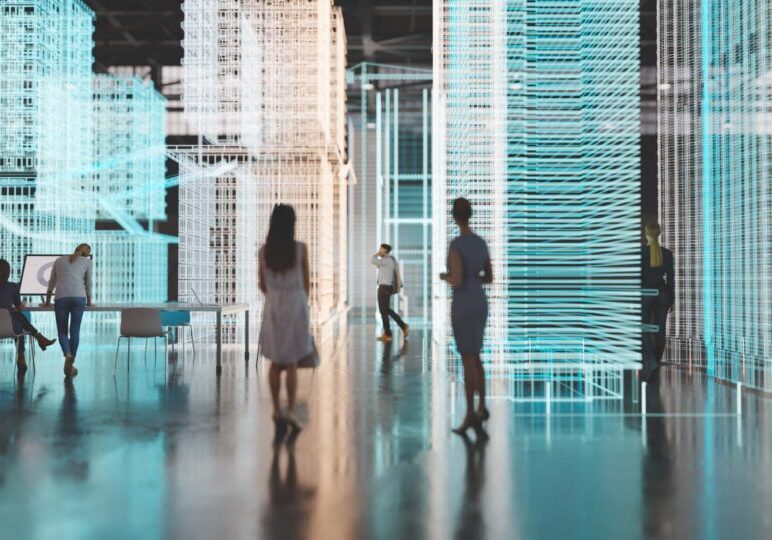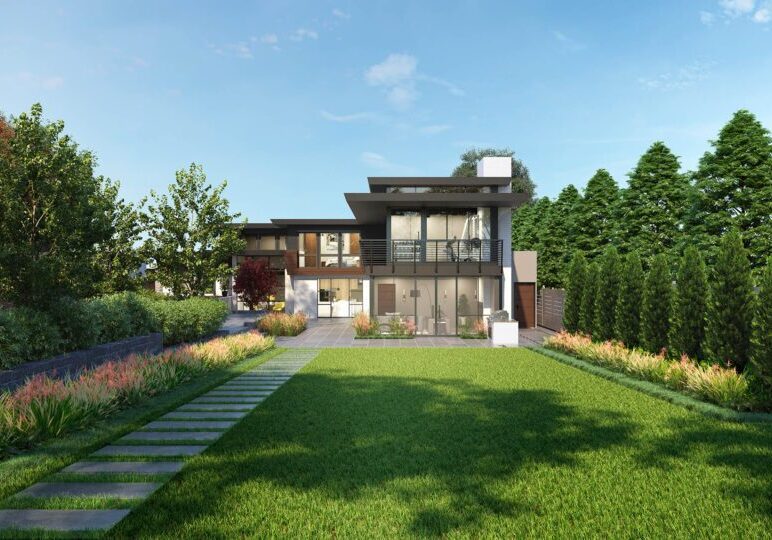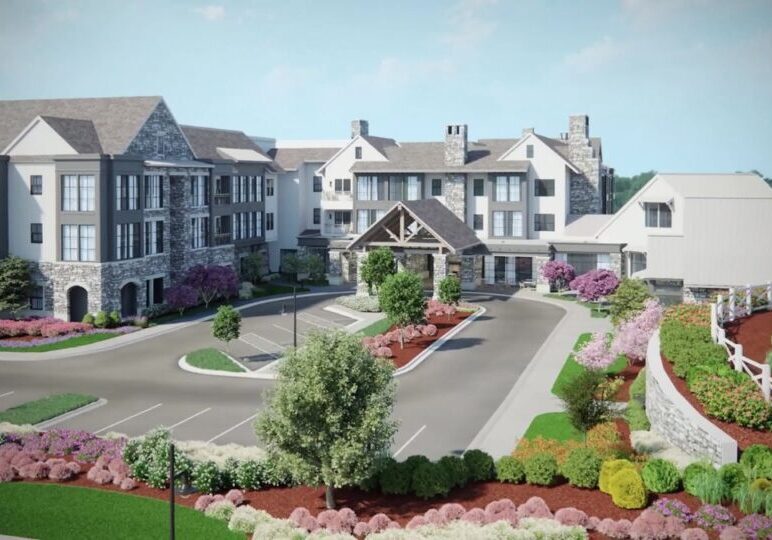From hand-drawn renderings to physical models to the latest in mixed reality, the tools used to visualize architectural designs have certainly changed over the years. As technology advances, 3D visualization is becoming more intuitive and immersive. Today, you can “walk” through a virtual tour of a building or structure before the actual project is built.
In some cases, changes to finishes, fixtures or other details can be made in real time so everyone can immediately see their effect on the building and its environment. This interactivity helps project teams view a variety of options and see how those options impact the overall design before making decisions. This ability to collaborate speeds up the design process.
The 3D rendering innovations below are quickly becoming the norm and are serving to push construction design into the future.
1. Use of artificial intelligence and machine learning
Artificial intelligence (AI) and machine learning (ML) have been making headlines for the last few years as they are growing in popularity and usefulness. They are being used in many industries to take over tasks that are usually performed by humans. In architectural rendering, they can be used to speed up production and improve image quality.
Generative AI saves designers time, allowing them to focus more on the artistic elements of visualization. Both generative AI and ML are useful during the prototyping stage of a project, as they can quickly come up with many options for materials, colors or shapes.
2. Cloud-based platforms
The increasing availability and popularity of cloud-based computing power and collaboration platforms can help design teams save time and more easily share ideas.
Designers save time through the use of cloud render farms. The project is designed locally, then sent to the cloud for processing. Teams can use this added service to take advantage of the massive computing power to offload heavy rendering processes.
Using cloud-based collaboration platforms makes sharing information and ideas among team members easier and more efficient. Now everyone has immediate access to the same visualization and can immediately see the effects of any revisions, plus they help with project management, idea generating and visual mock-up boards.
3. Online real-time experiences
3D immersive tours take advantage of a technological process called pixel streaming. It allows users to interact with a 3D visualization in real-time through an internet browser and without the need for additional software. With the help of this technology, users can view changes in viewpoint, weather, lighting or decorations in real-time. The immersive nature of these tours helps viewers effectively visualize exactly how a building or structure will look and feel.
These tours improve communication among project stakeholders and help designers communicate their ideas and visions more effectively.
4. Cinemagraphs
Cinemagraphs involve combining still images with animated effects to create a realistic visualization in the form of a short repeating animated clip. They help add a sense of realism to a static image, whether it’s a rendering or a photo.
Cinemagraphs are often used to showcase a project, and their main purpose is to attract attention and encourage engagement.
5. Mixed reality (VR and AR)
One of the most significant innovations in architectural visualization is the distinct application of both virtual reality (VR) and augmented reality (AR) technologies. VR provides users with an experience that immerses them in the building or space, while AR overlays digital elements onto real-world images. Together they can be used to represent a future building in a realistic environment. These real-time experiences help highlight specific features and elements of a building, while also showing its integration into the exterior environment. This allows designers and owners to see how the building will function within its surroundings.
6. Dollhouse renderings
Dollhouse renderings, called this because of their similarity to a dollhouse, may also be called section views. They offer a look into a building from the aspect of removing one or more walls in each room to highlight both the interior and exterior elevations, materials and furniture. This 3D view helps both designers and building owners see the whole building in one view, but with enough detail that they can see things like furniture layouts and interior decor.
Dollhouse rendering images are placed either against a white background or they can be imposed on a photo of the building’s surroundings for a more holistic view.
7. Cutaway renderings
Cutaway renderings are similar to dollhouse renderings in that they remove one or more walls from a building and showcase its interior and exterior. They are used primarily to assess the integration and transition from the building or structure to the existing infrastructure (including below-ground connections). They are able to show a building’s structural system, interior décor and exterior finishes simultaneously.
Designers can use these renderings to show urban planners how a building connects to its surroundings, including roads, sidewalks, utilities and other structures.
With MaxWave3D’s rendering processes and expertise, these tools can help transcend the traditional boundaries of the field. For inquiries or questions, please contact us to request a quote, get more information or a free consultation.
Share this Update
discover more
Build Your Own Photorealistic Visuals with MaxWave3D
At MaxWave3D, we strive to exceed all of your expectations, giving your agency enough time and talent to fulfill every project efficiently. Not only are we experienced in the creation of digital assets, but we also help you integrate these assets into your presentations, websites, social media and other marketing channels.

